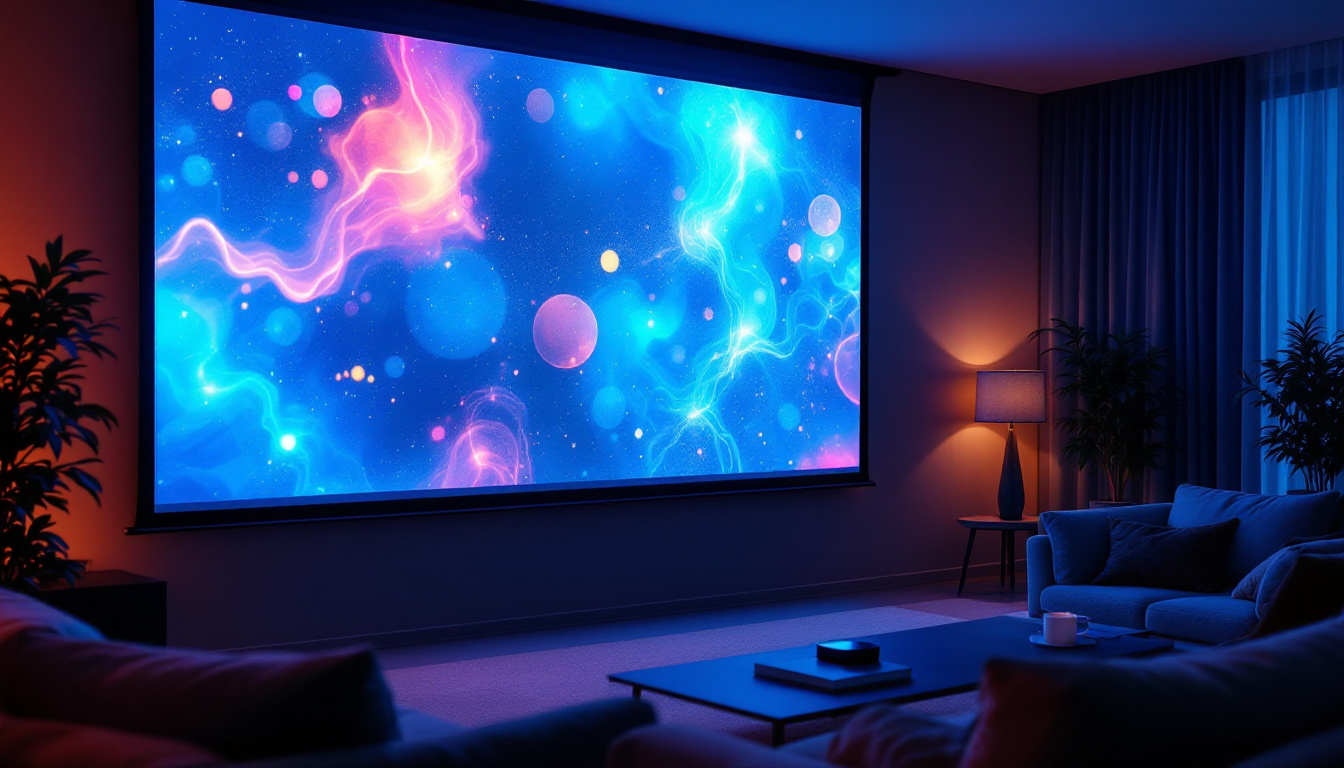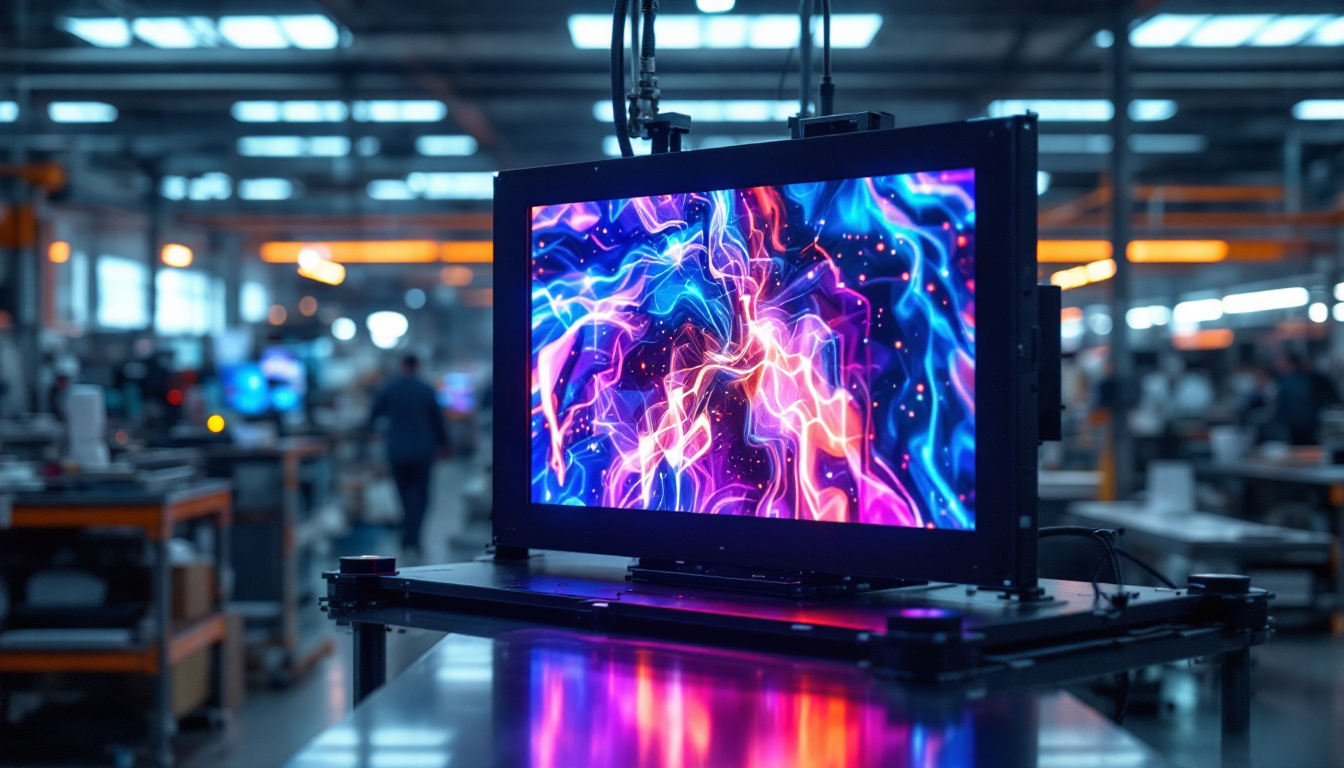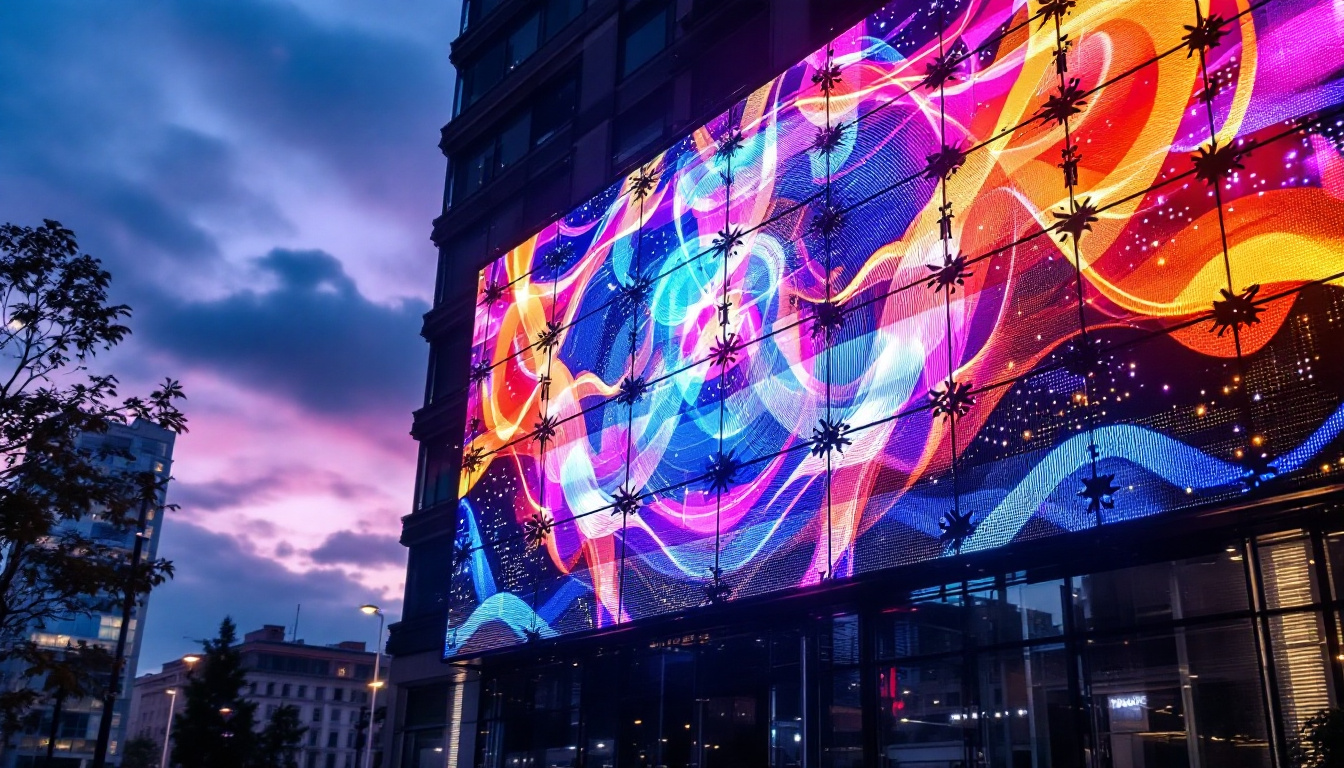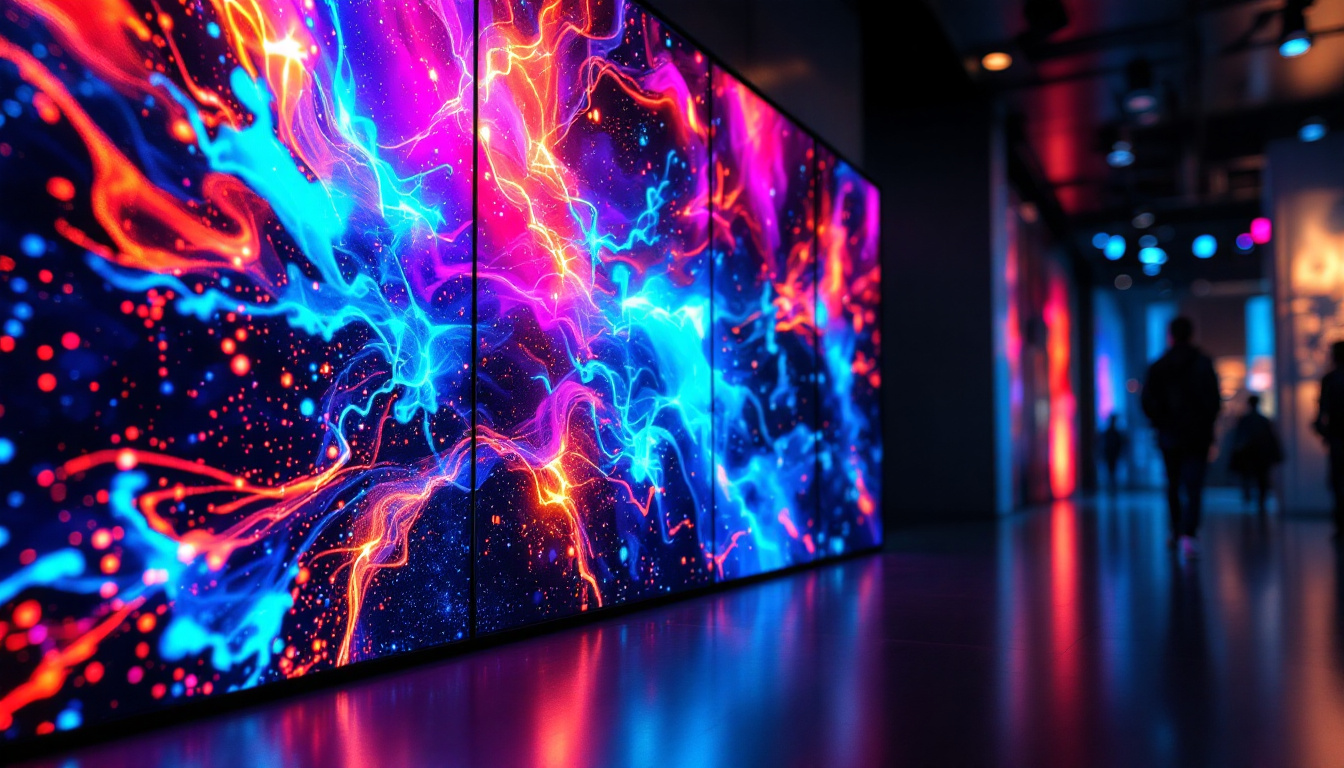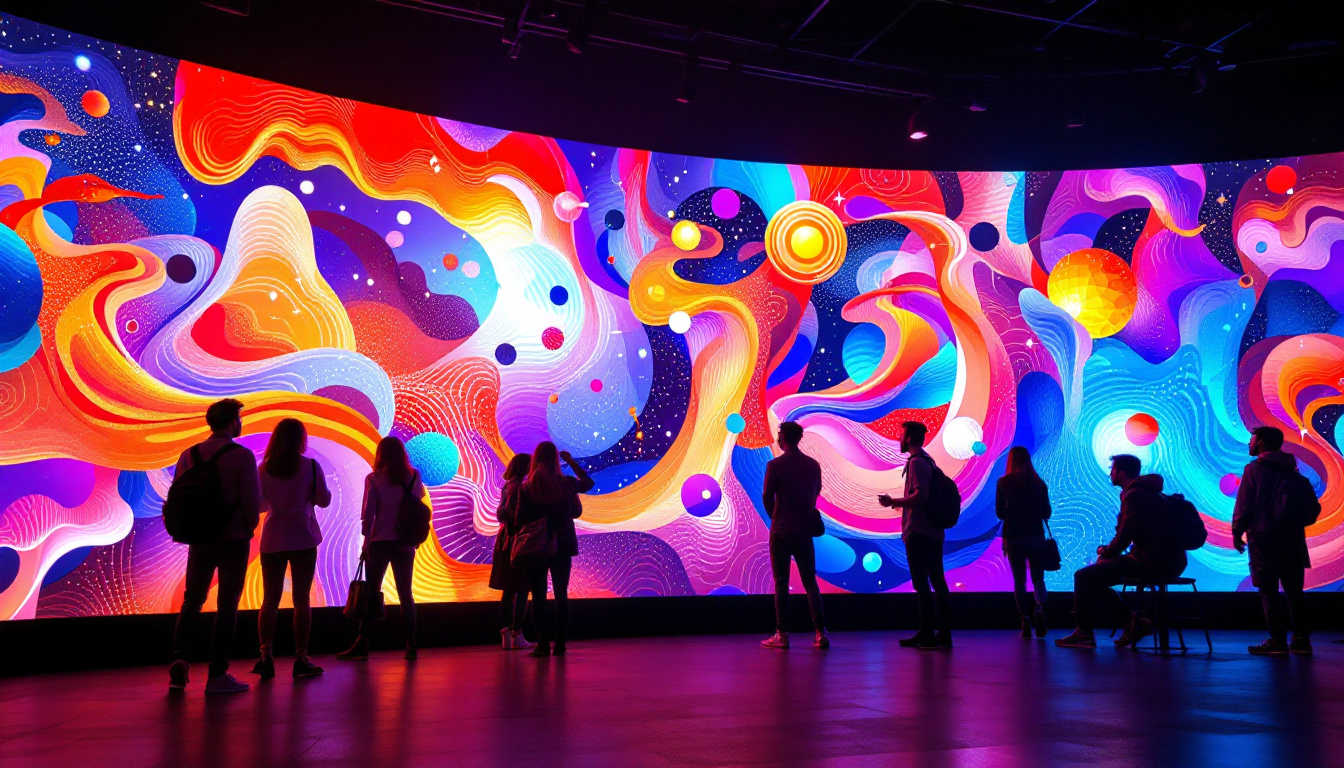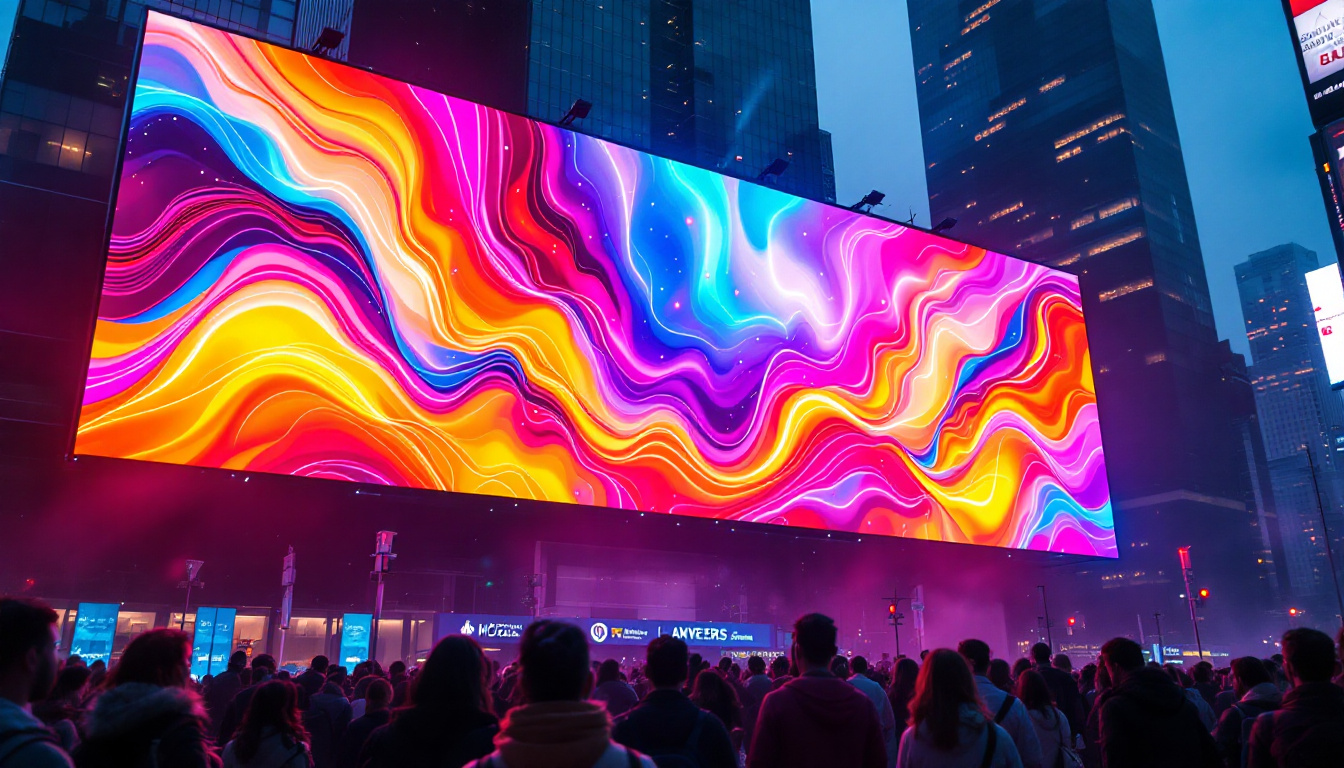In the world of modern technology, LED displays have emerged as a prominent choice for various applications, ranging from televisions to digital billboards. At the heart of these displays lies the SMD (Surface Mount Device) chip, a crucial component that significantly enhances the performance and efficiency of LED technology. This article delves into the intricacies of SMD chips and their role in LED displays, exploring their advantages, applications, and future trends.
Understanding SMD Technology
SMD technology refers to the method of mounting electronic components directly onto the surface of printed circuit boards (PCBs). This technique has revolutionized the way electronic devices are manufactured, leading to smaller, lighter, and more efficient products. SMD chips are characterized by their compact size and ability to be placed in high-density configurations, which is particularly beneficial for LED displays.
The Basics of SMD Chips
SMD chips are typically made from semiconductor materials, allowing them to emit light when an electric current passes through them. Unlike traditional through-hole components, which require holes to be drilled into the PCB, SMD components are soldered directly onto the surface. This not only saves space but also improves the overall reliability of the device.
One of the key features of SMD chips is their versatility. They come in various shapes and sizes, making them suitable for a wide range of applications. In LED displays, SMD chips are used to create pixels that can produce vibrant colors and high-resolution images, making them ideal for both indoor and outdoor settings. The ability to integrate multiple colors within a single chip allows for a more dynamic range of visuals, enhancing the viewer’s experience significantly.
Advantages of SMD Technology
The adoption of SMD technology in LED displays brings several advantages. Firstly, the compact nature of SMD chips allows for a higher pixel density, resulting in sharper images and better overall visual quality. This is especially important for large displays where viewers may be positioned at varying distances. The arrangement of these chips can be optimized to ensure that images remain clear and vibrant, regardless of the viewer’s angle.
Moreover, SMD chips are known for their energy efficiency. They consume less power compared to traditional LED components, which not only reduces operational costs but also contributes to a lower carbon footprint. This aspect is particularly appealing in an era where sustainability is becoming increasingly important. Additionally, the thermal management of SMD technology is often superior, as the chips dissipate heat more effectively, leading to longer lifespans for the devices and reducing the need for frequent replacements or maintenance. This reliability is crucial in commercial applications, where downtime can lead to significant financial losses.
Furthermore, SMD technology facilitates faster production processes. The automated assembly lines used in SMD manufacturing can place thousands of components in a fraction of the time it would take for traditional methods. This efficiency not only lowers labor costs but also accelerates the time-to-market for new products, giving manufacturers a competitive edge in the fast-paced electronics industry. As a result, companies can innovate more rapidly, introducing advanced features and designs that cater to evolving consumer demands.
Applications of SMD LED Displays
SMD LED displays are utilized in a myriad of applications, showcasing their versatility and effectiveness. From advertising to entertainment, these displays have transformed the way information is conveyed to the public.
Advertising and Marketing
One of the most prominent uses of SMD LED displays is in advertising. Digital billboards and signage equipped with SMD technology can display dynamic content, capturing the attention of passersby more effectively than static displays. The ability to change messages quickly and easily makes these displays a favorite among marketers.
Additionally, SMD displays can be used in retail environments to showcase promotions, product information, and interactive content, enhancing the shopping experience for customers. Their bright and vibrant colors ensure that advertisements stand out, even in well-lit environments. Retailers can also utilize these displays for targeted marketing campaigns, displaying tailored messages based on the time of day or specific demographics, thus maximizing engagement and driving sales.
Entertainment and Events
In the entertainment industry, SMD LED displays have become a staple at concerts, festivals, and sporting events. Large screens featuring SMD technology can deliver high-quality visuals to vast audiences, ensuring that everyone has a clear view of the performance or event.
Furthermore, these displays can be used for stage backdrops, enhancing the overall aesthetic and atmosphere of live performances. The flexibility of SMD technology allows for creative designs and layouts, making it a popular choice among event planners and production teams. In addition to live events, SMD LED displays are also employed in film and television production, providing real-time visual effects and backgrounds that can be adjusted on-the-fly, creating a more immersive experience for viewers.
Transportation and Public Information
SMD LED displays are also widely used in transportation systems, providing real-time information to commuters. Train stations, airports, and bus terminals utilize these displays to convey schedules, delays, and other essential updates. The bright and clear visuals ensure that information is easily readable, even from a distance.
Moreover, public information displays in city centers and parks can use SMD technology to communicate important messages, such as safety announcements or event notifications, contributing to improved public awareness and engagement. These displays can also serve as platforms for community interaction, allowing local organizations to promote events or initiatives, thus fostering a sense of community involvement and connection among residents. Additionally, the integration of SMD displays with mobile applications and social media can further enhance the dissemination of information, making it more accessible to a tech-savvy audience.
Future Trends in SMD LED Technology
The landscape of SMD LED technology is continually evolving, driven by advancements in research and development. As the demand for high-quality displays increases, several trends are emerging that could shape the future of SMD LED technology.
Miniaturization and Flexibility
One of the most notable trends is the ongoing miniaturization of SMD chips. As technology progresses, manufacturers are developing smaller and more efficient components, allowing for even higher pixel densities and more intricate designs. This miniaturization opens up new possibilities for flexible and curved displays, which can be integrated into various environments and applications.
Flexible SMD LED displays can be used in innovative ways, such as in wearable technology or architectural designs, where traditional rigid displays would be impractical. This flexibility not only enhances aesthetics but also expands the potential applications of LED technology. For instance, in the automotive industry, flexible LED displays can be seamlessly integrated into vehicle interiors, providing dynamic interfaces for navigation and entertainment. Additionally, the ability to create displays that conform to irregular surfaces means that designers can explore new creative avenues, pushing the boundaries of traditional display technology.
Smart Technology Integration
Another significant trend is the integration of smart technology into SMD LED displays. With the rise of the Internet of Things (IoT), displays can now be connected to networks, allowing for real-time updates and remote management. This capability is particularly beneficial for advertising and public information displays, as content can be changed instantly based on various factors, such as time of day or audience demographics.
Moreover, the incorporation of sensors and data analytics can enhance the functionality of SMD displays, enabling them to adapt to their surroundings and provide more relevant information to viewers. This level of interactivity can significantly improve user engagement and overall effectiveness. For example, smart displays can utilize facial recognition technology to tailor advertisements to specific demographics, ensuring that the content is not only timely but also contextually relevant. This shift towards personalized content delivery represents a significant leap forward in how brands communicate with their audiences.
Enhanced Color and Brightness
Advancements in LED technology are also leading to improvements in color accuracy and brightness. New materials and manufacturing processes are being developed to create SMD chips that can produce a wider color gamut and higher brightness levels. This enhancement is crucial for outdoor displays, where visibility can be affected by sunlight and other environmental factors.
As a result, future SMD LED displays are expected to deliver even more vibrant and lifelike images, further solidifying their position as a preferred choice for various applications. In addition to outdoor advertising, these advancements will benefit industries such as film and gaming, where visual fidelity is paramount. The ability to render deeper blacks and brighter whites will create more immersive experiences, allowing creators to push the envelope in storytelling and visual effects. Furthermore, as consumers become more discerning about display quality, manufacturers will be compelled to innovate continuously, ensuring that SMD LED technology remains at the forefront of visual display solutions.
Conclusion
SMD chips have fundamentally transformed the landscape of LED displays, offering numerous advantages that cater to a wide range of applications. From advertising and entertainment to public information systems, the versatility and efficiency of SMD technology are undeniable.
As advancements continue to shape the future of SMD LED technology, the possibilities for innovative applications and improved performance are boundless. With the ongoing trends of miniaturization, smart technology integration, and enhanced color capabilities, SMD LED displays are set to remain at the forefront of visual communication for years to come.
In a world where visual impact is paramount, understanding the role of SMD chips in LED displays is essential for anyone looking to leverage this technology effectively. As the industry evolves, staying informed about these developments will ensure that businesses and consumers alike can make the most of the opportunities presented by SMD LED technology.
Discover the Future of Visual Communication with LumenMatrix
Ready to elevate your visual presence and captivate your audience like never before? Explore LumenMatrix’s comprehensive range of LED display solutions, where innovation meets functionality. Whether you’re looking for an Indoor LED Wall Display, a dynamic Outdoor LED Wall Display, or specialized solutions like Vehicle LED Displays and LED Sports Displays, LumenMatrix has you covered. Embrace the future of visual communication with our cutting-edge technology designed to make your brand shine. Check out LumenMatrix LED Display Solutions today and experience the power of advanced LED display modules tailored to your unique needs.




